Discover the common grass species associated with neutral grassland and start identifying your own in the second instalment of a new series of blogs by NHSN Senior Naturalist, James Common.
In our last post exploring the common and familiar grasses of North East England, we focused on species typically found on rough ground. Now that we’ve got to grips with those, it seems like the perfect time to take the leap into a more diverse group – those found in meadows and neutral grassland.
Neutral grassland is the most widespread grassland type in our region. At its simplest, it refers to grassland growing on soils that are neither strongly acidic nor notably calcareous. It includes a broad range of habitats, from amenity grassland and lush roadside verges to managed meadows – but we don’t need to get into all that detail here. Instead, we’ll focus on nine grass species commonly found in most such habitats. All of them are coming into bloom as I write this, making this a perfect time to head out and find them.
#7 Meadow Foxtail
Meadow Foxtail Alopecurus pratensis is one of our most distinctive grasses and also one of the earliest to flower. Even in early May, it has already been in bloom for several weeks.
You may have come across the phrase “awns not horns” when reading about grasses. It’s a handy way to tell the foxtails apart from similar-looking species like Timothy. In Meadow Foxtail, each floret produces a long, hair-like awn which, combined with its long, densely packed flower spike, is a key identifying feature.
To separate this species from its close relative, Marsh Foxtail, check the ligule: in Meadow Foxtail, it is around 2.5 mm long and rounded while Marsh Foxtail has a 2–5 mm pointed ligule. Meadow Foxtail also tends to grow upright, contrasting the creeping habit and “bent-knees” of Marsh Foxtail.
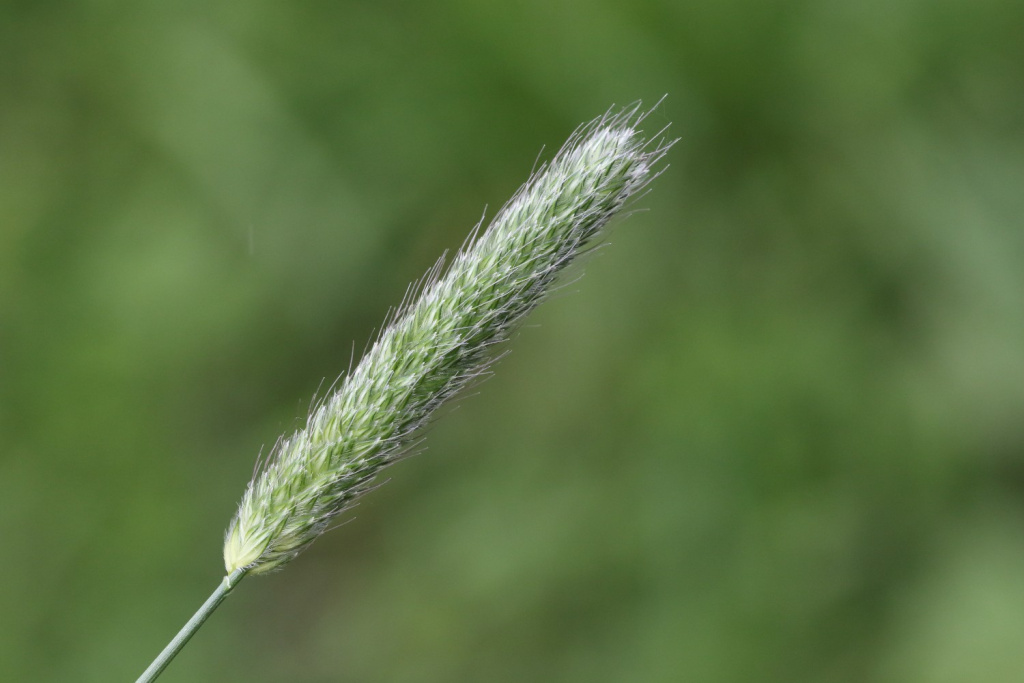
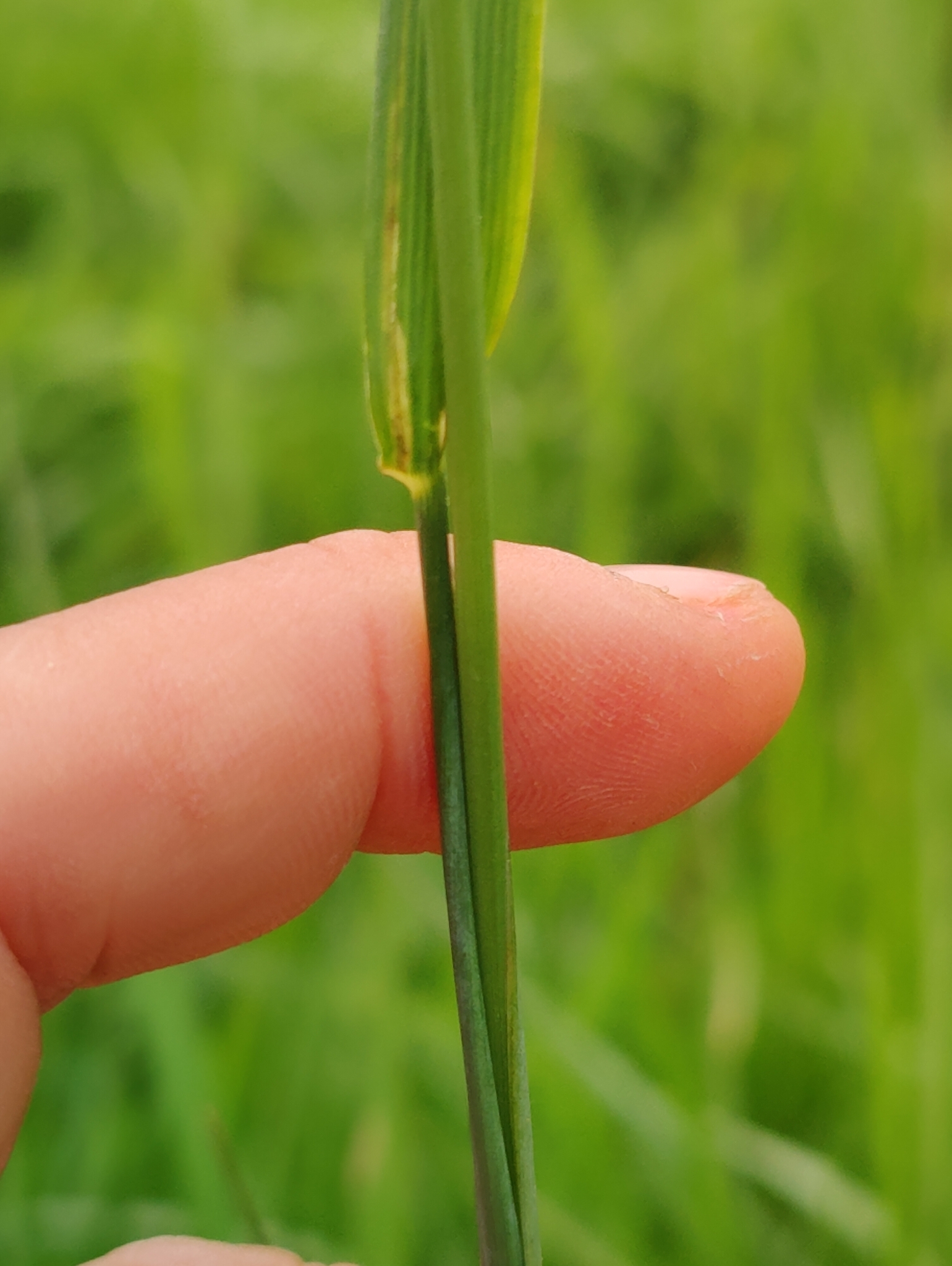
#8 Timothy
Horns, not awns! Timothy Phleum pratense is another very common grass, typically blooming a little later than Meadow Foxtail. At first glance, it may look quite similar, but a closer inspection reveals some clear differences.
Unlike the long, hair-like awns of Meadow Foxtail, the spikelets of Timothy are almost entirely hidden by two distinctive, paired glumes. These glumes have a comb-like row of stiff hairs along their edges and end in a pointed tip resembling horns. Timothy is also a rather burly plant, with flower spikes ranging from 60–150 mm in length. This feature helps distinguish it from the only common confusion species, Smaller Cat’s-tail, which looks somewhat similar but is noticeably smaller with flower spikes only 10–60 mm long.
Because Timothy is frequently included in commercial grass seed mixtures, you’re just as likely to spot it on roadsides and field margins as in established meadows.

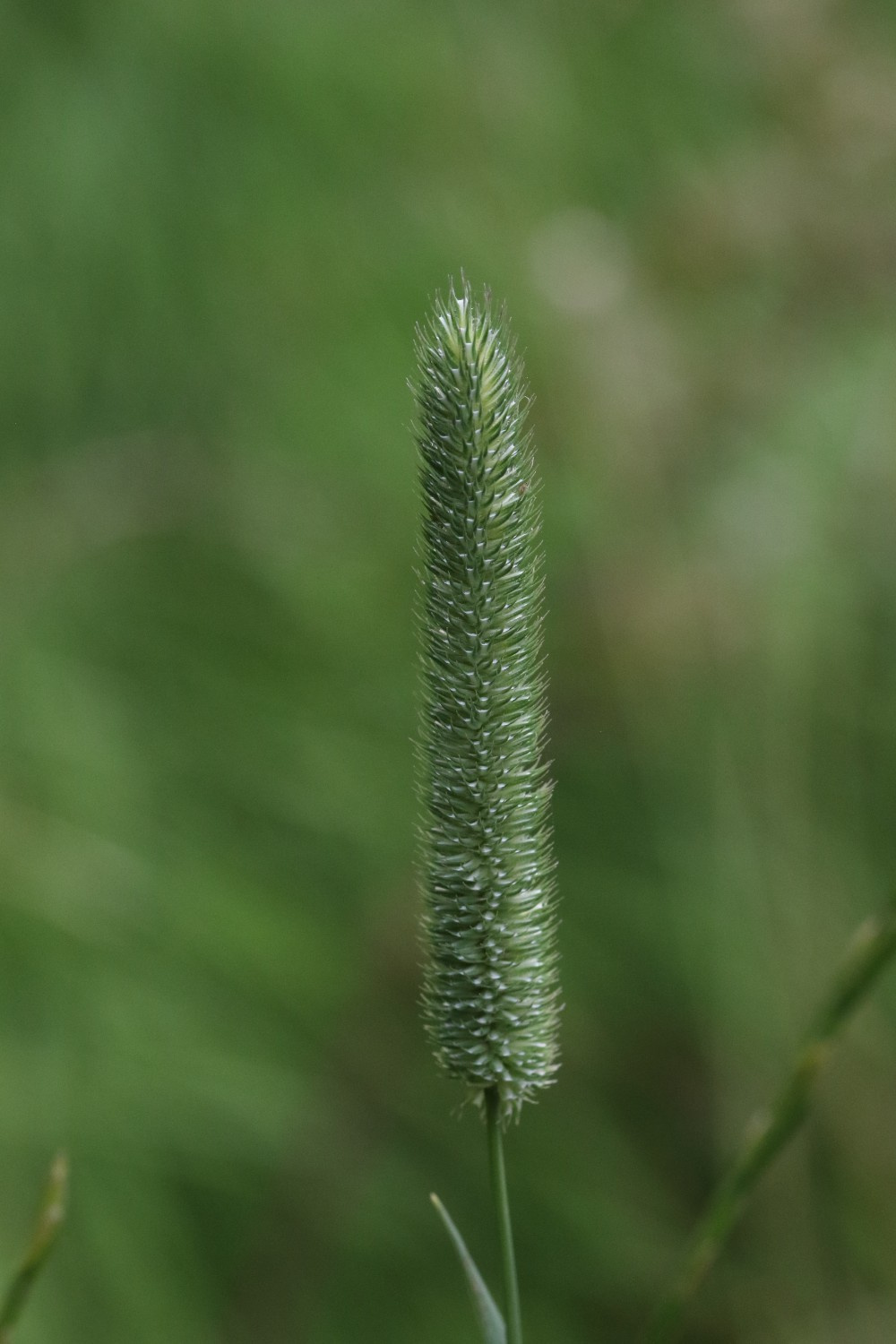
#9 Crested Dog’s-tail
Crested Dog’s-tail Cynosurus cristatus is a distinctive grass typically found in quality neutral grassland, especially in meadows but also on grazing land. It’s a wiry, tufted species that grows up to 60 cm tall and sports an erect, flat-looking and one-sided inflorescence where the central stem is clearly visible along one edge.
The narrow florets are arranged like spread fingers when in full flower, although earlier in the season they may be tightly closed, as shown in image one. This is a particularly satisfying species to learn as a beginner and is easy to spot once you know what to look for.
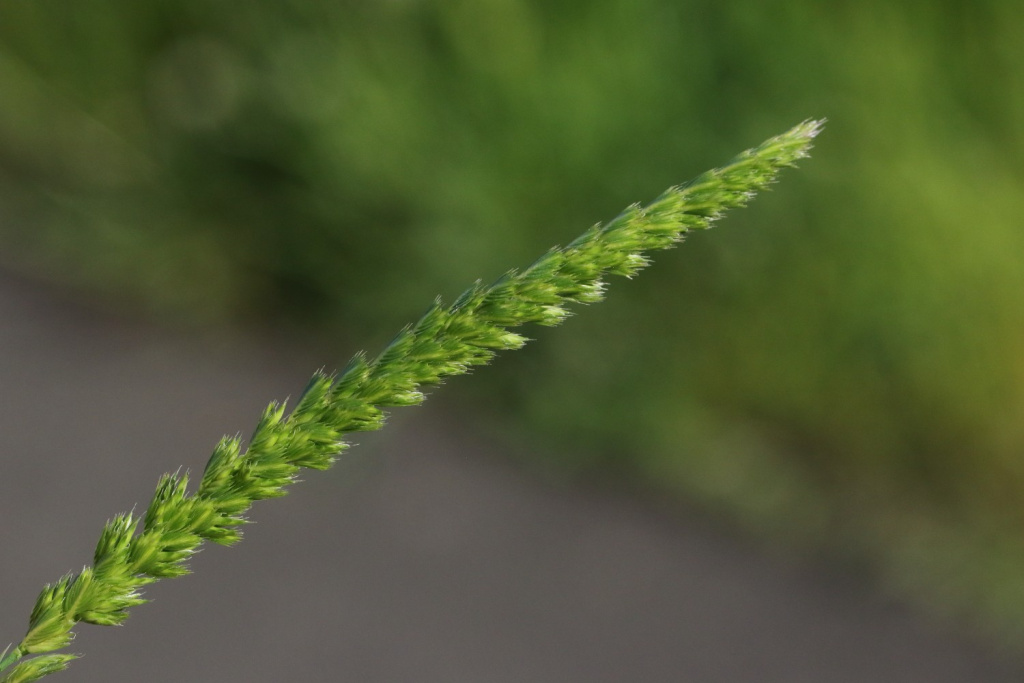
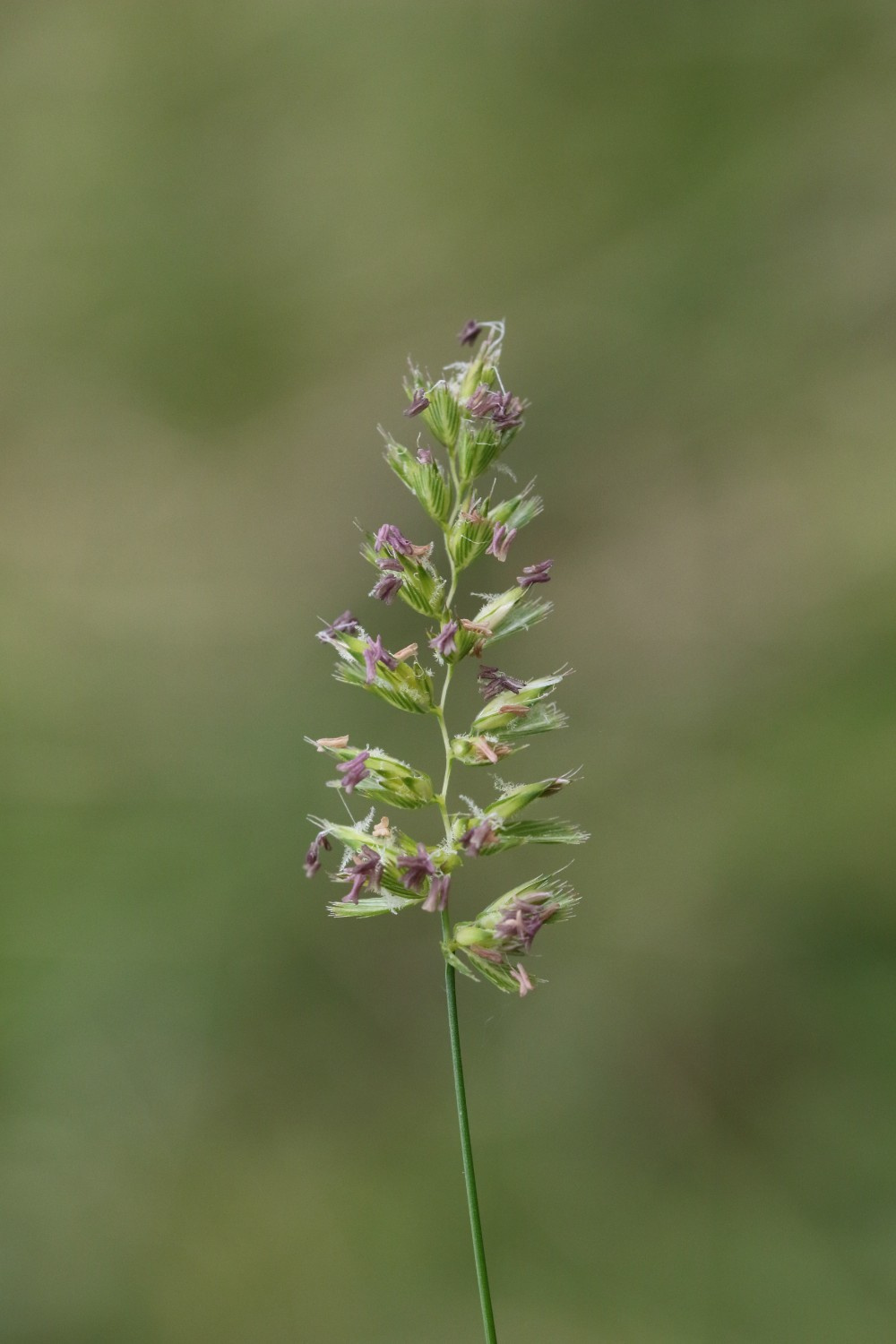
#10-11 Perennial Rye-grass & Italian Rye-grass
Two for the price of one – let’s take a look at the two common Rye-grasses found in neutral grassland.
Common Rye-grass Lolium perenne is a widespread perennial, abundant in most grassy habitats and often dominant in garden lawns, playing fields, and amenity grassland. Its flower spike is long, narrow, and wiry, with stalkless spikelets arranged in two opposite and alternating rows along the stem. These spikelets are flattened and roughly oblong in shape, with their narrow edges facing the stem. A key identification feature is the complete lack of awns.
Italian Rye-grass Lolium multiflorum looks quite similar at first glance but is a little less common. It is frequently included in commercial grass seed mixes and can be locally abundant on restored or reseeded sites. While it shares the same basic structure as Perennial Rye-grass, it can be distinguished by its long, bristle-like awns, which can reach up to 10 mm in length.
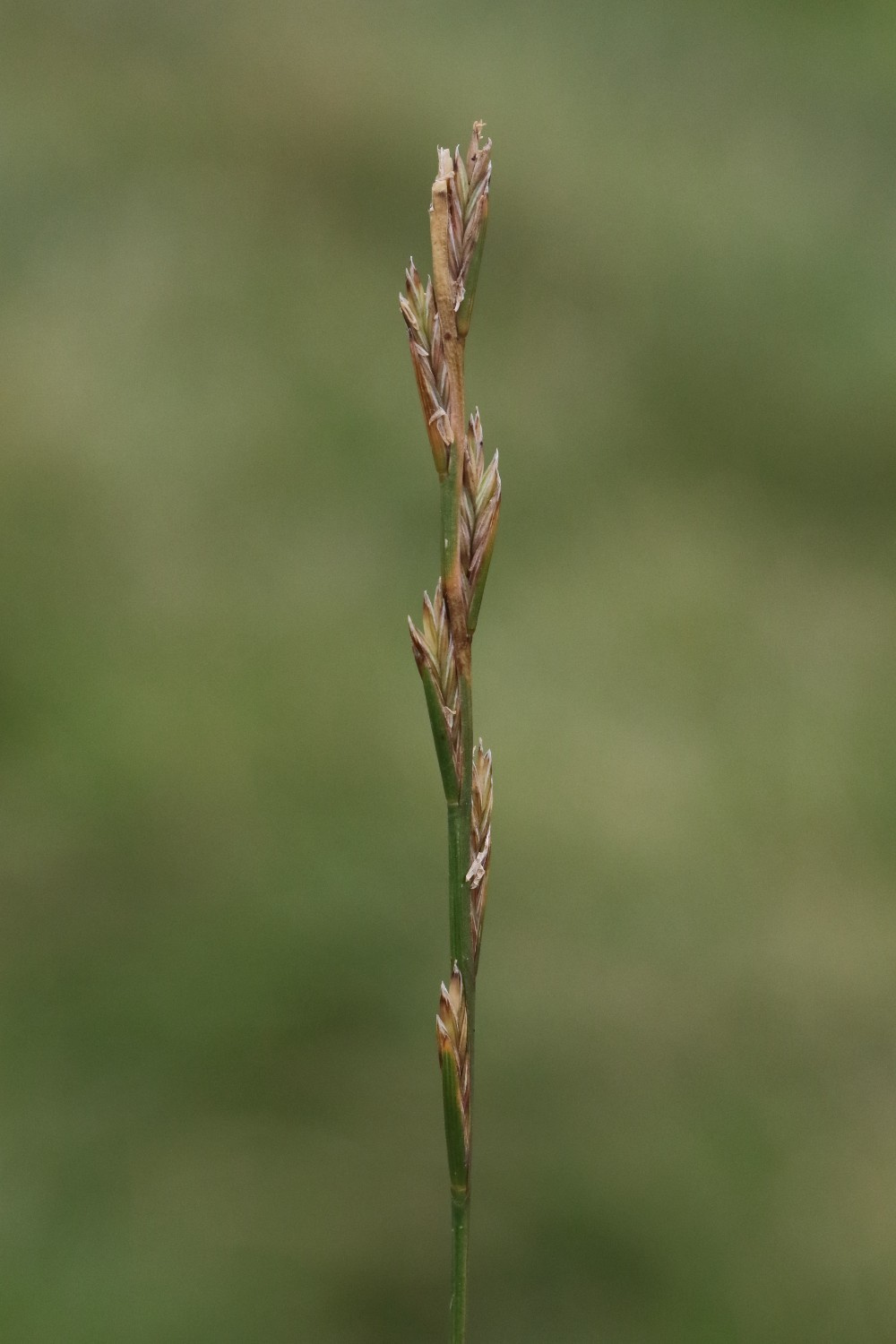
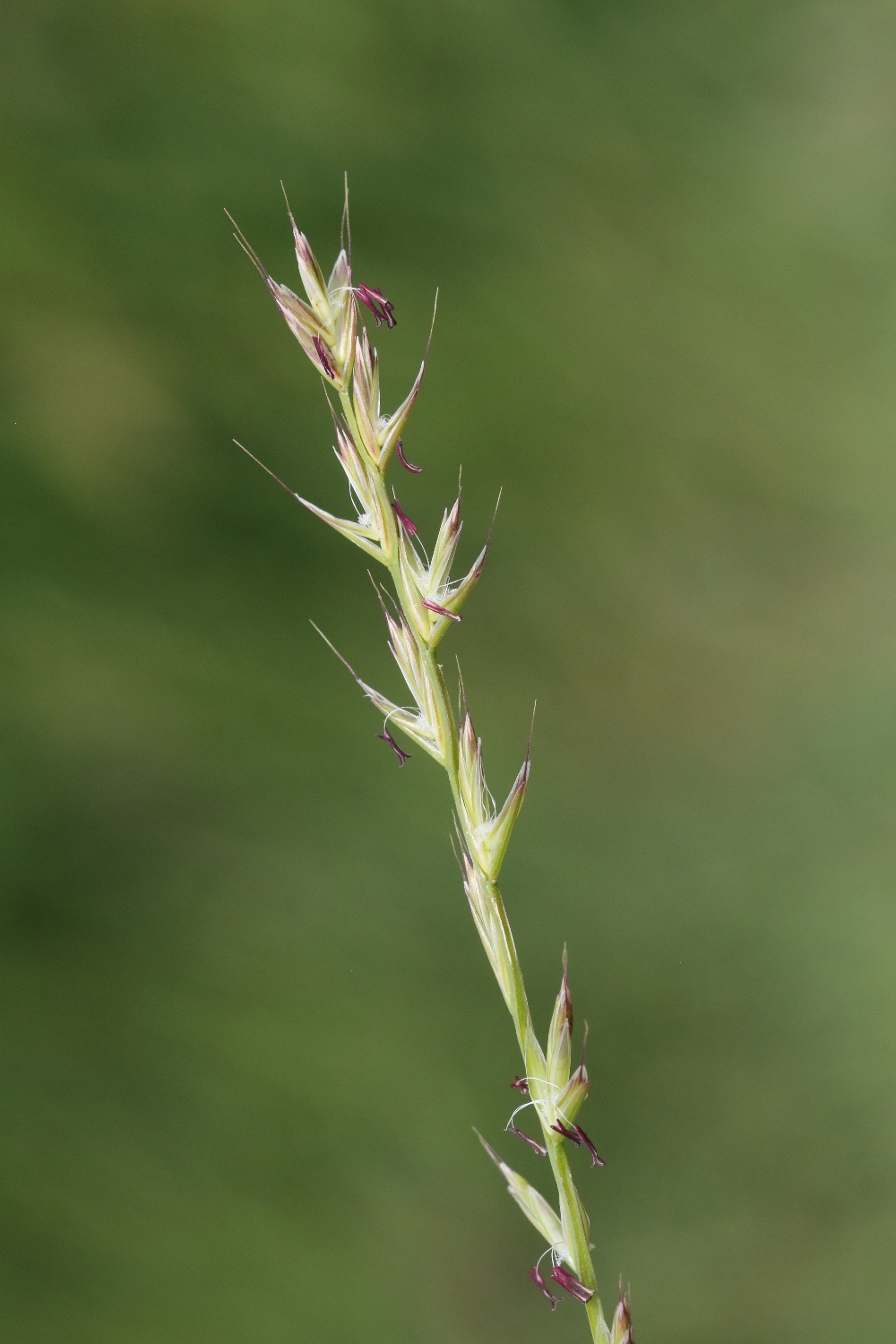
#12 Yorkshire Fog
Yorkshire Fog Holcus lanatus is a wonderfully soft, hairy, greyish-looking grass with a distinctive purplish-pink tinge to its flowers.
Thanks to these features, it’s only likely to be confused with one similar species: Creeping Soft-grass. However, Yorkshire Fog can be distinguished by the striped pink base of its stem – often jokingly referred to as wearing “pink striped pyjamas” – and by the fact that its stems are hairy throughout. In contrast, the stems of Creeping Soft-grass are mostly hairless, except at the nodes or joints.
This is a very common species and manages to grow just about everywhere, even making its way into garden flower beds.
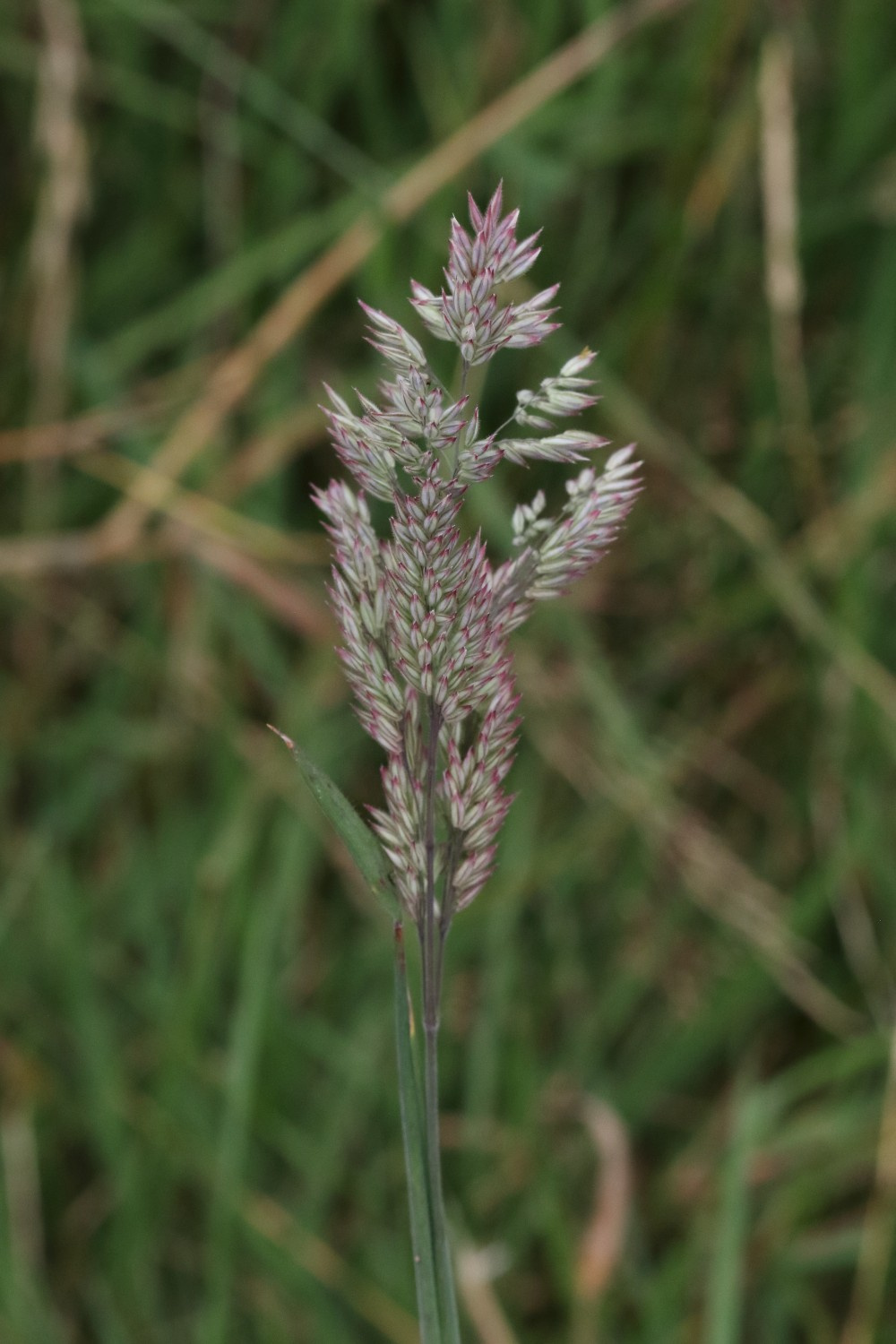
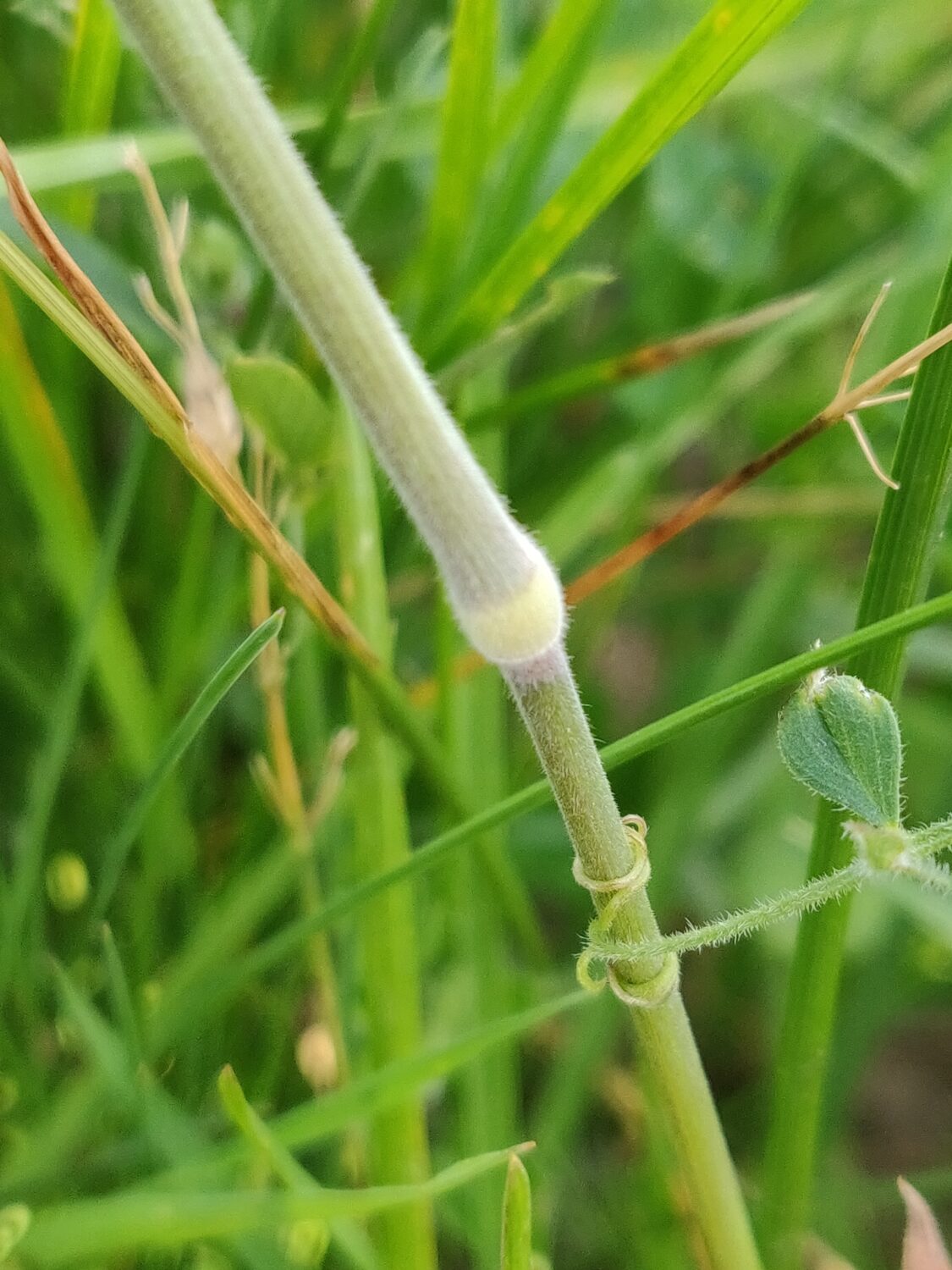
#13 Red Fescue
Red Fescue Festuca rubra is a very common, though somewhat variable, grass with several recognised subspecies – but you don’t need to worry about those here. In general, it is a tuft-forming species with very narrow, bristle-like leaves. Importantly, the leaves on the flowering stems are flat when fresh and typically measure around 1–3 mm wide. Despite its name, the flowers are not always red-tinged but can be, and prove helpful if a good specimen is found.
The species it’s most likely to be confused with is the slightly less abundant Sheep’s-fescue. To tell them apart, it helps to turn detective and take a closer look at the leaf sheaths. In Red Fescue, the sheath edges overlap, while in Sheep’s-fescue they are fused into a narrow tube.
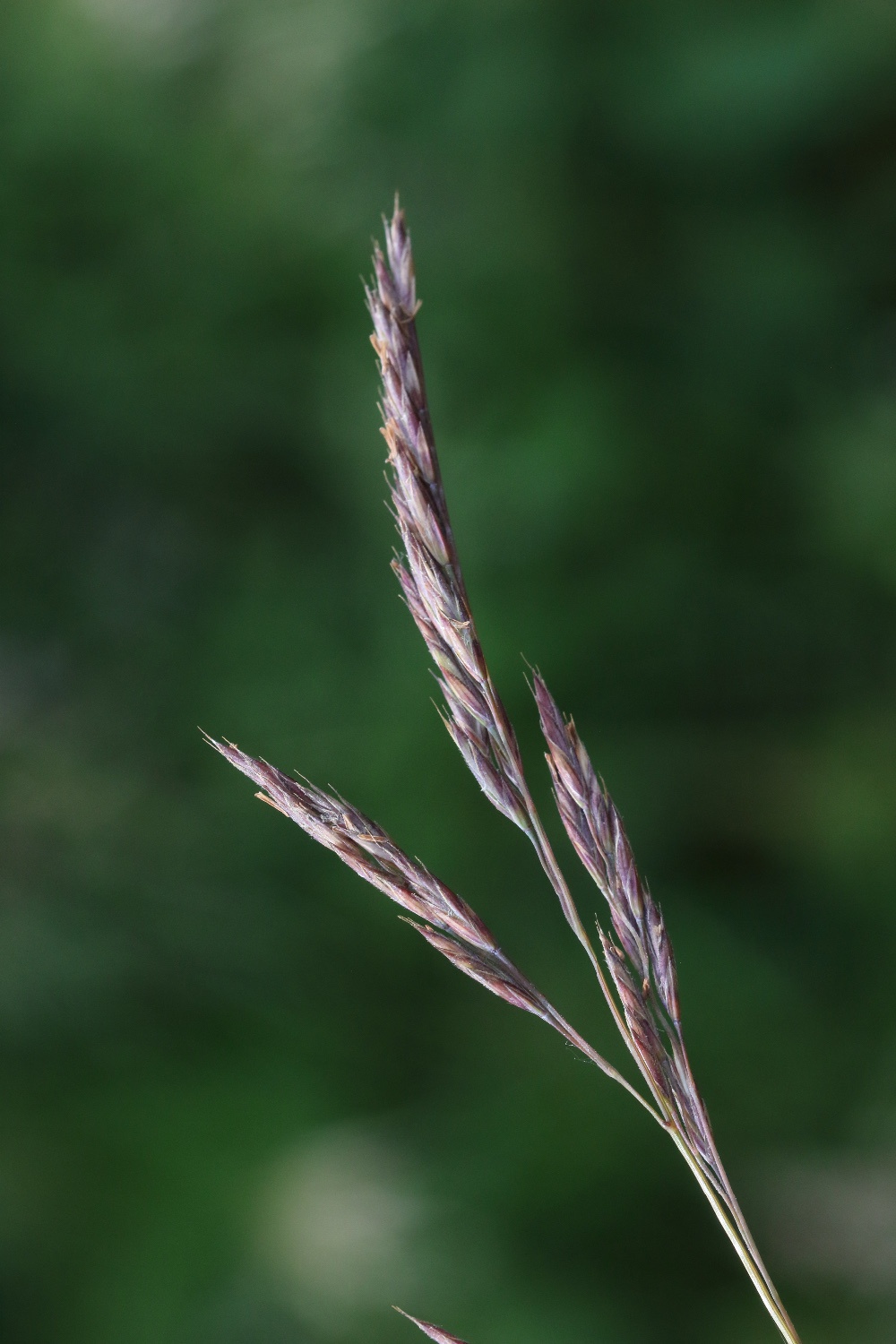
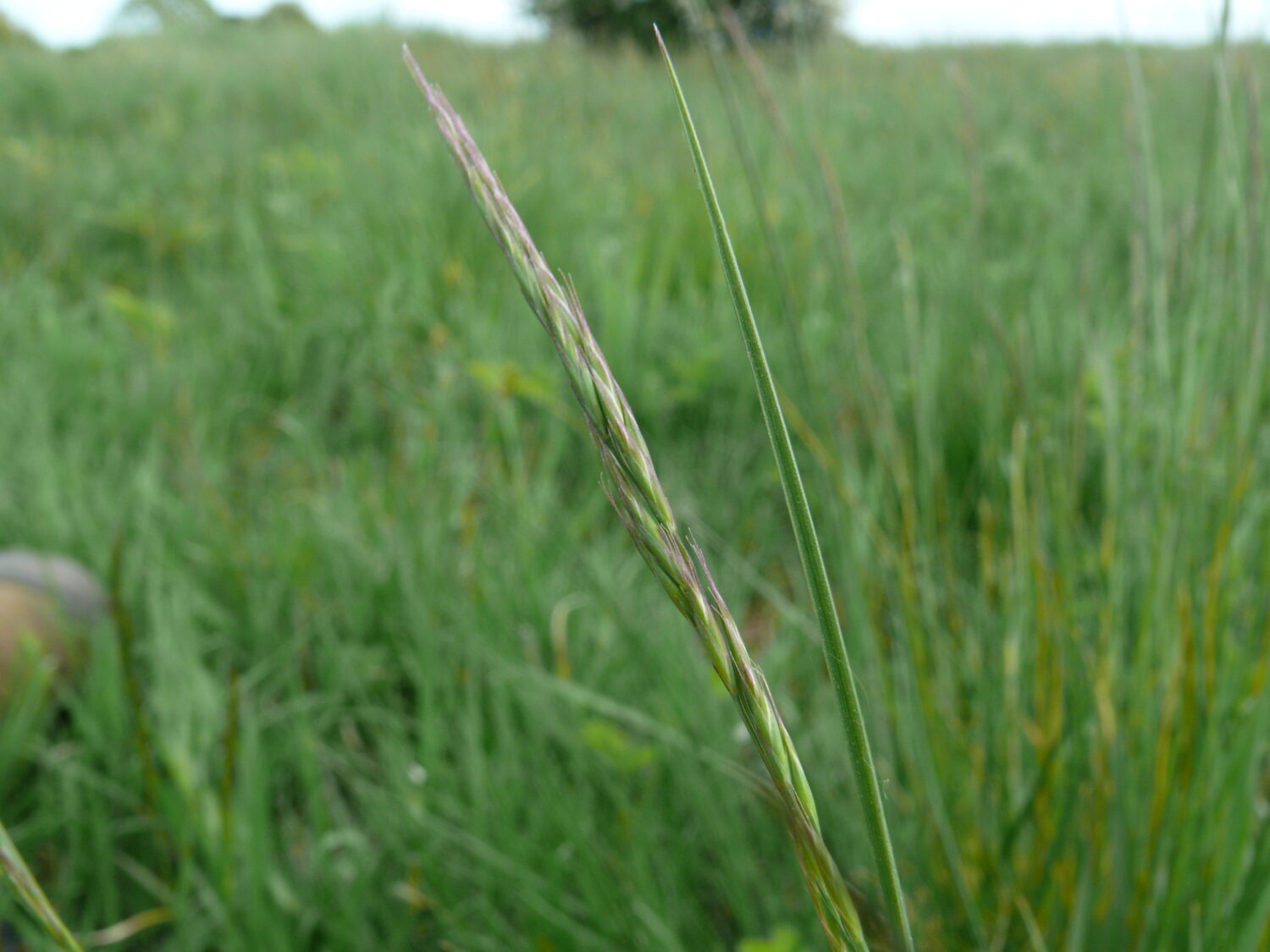
#14 Smooth Meadow-grass
Smooth Meadow-grass Poa pratensis is a relatively tall grass of dry grassland, roadsides, and meadows, reaching a maximum height of around 80 cm. The panicle is clearly branched, with three or more branches at the lowest whorl, giving it a delicate and open appearance. The plant is entirely hairless, including the leaf sheaths, which feel smooth when gently rubbed in either direction against the lips. The ligule is shorter than it is wide and rather stubby – an important feature that helps distinguish it from our final species.
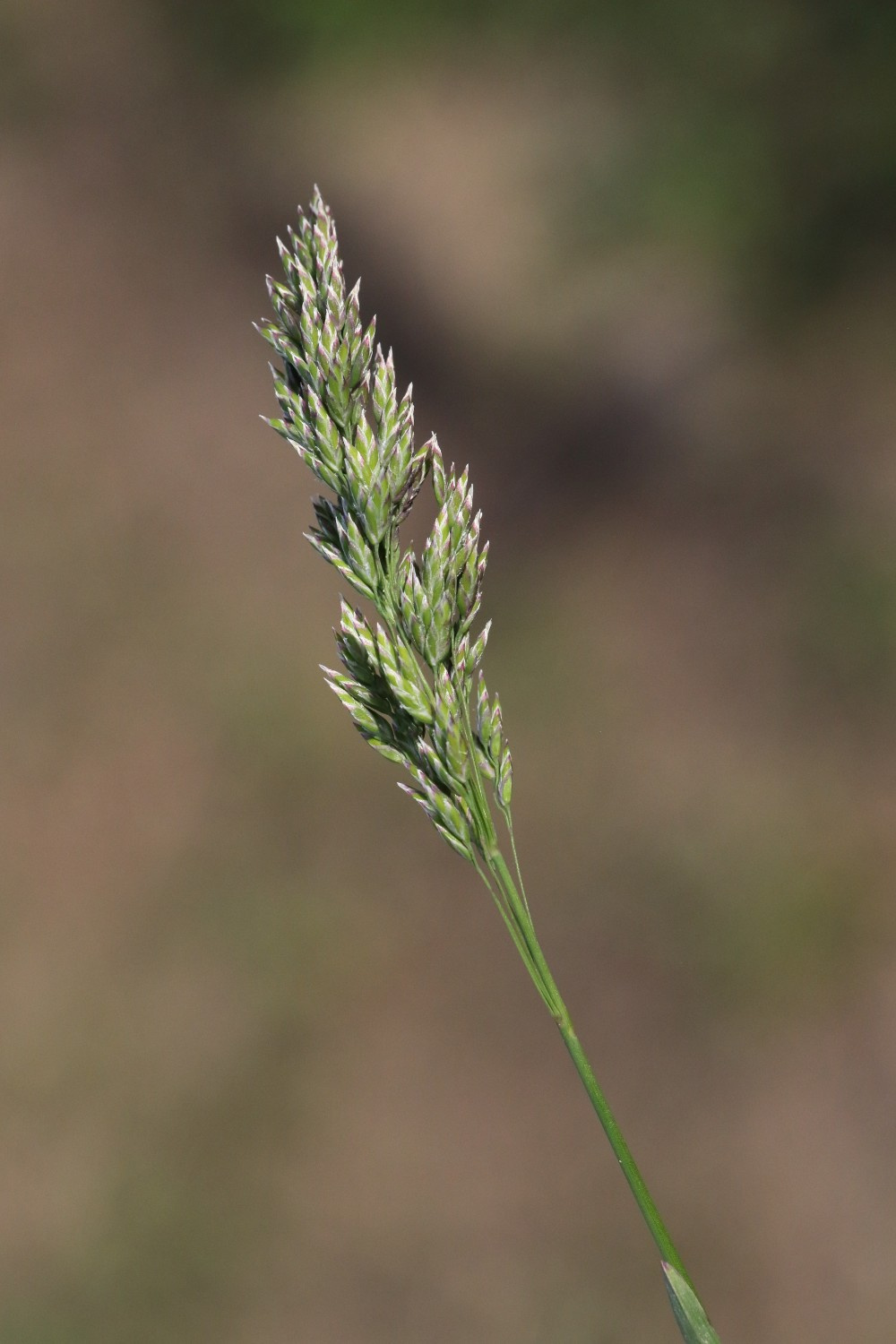
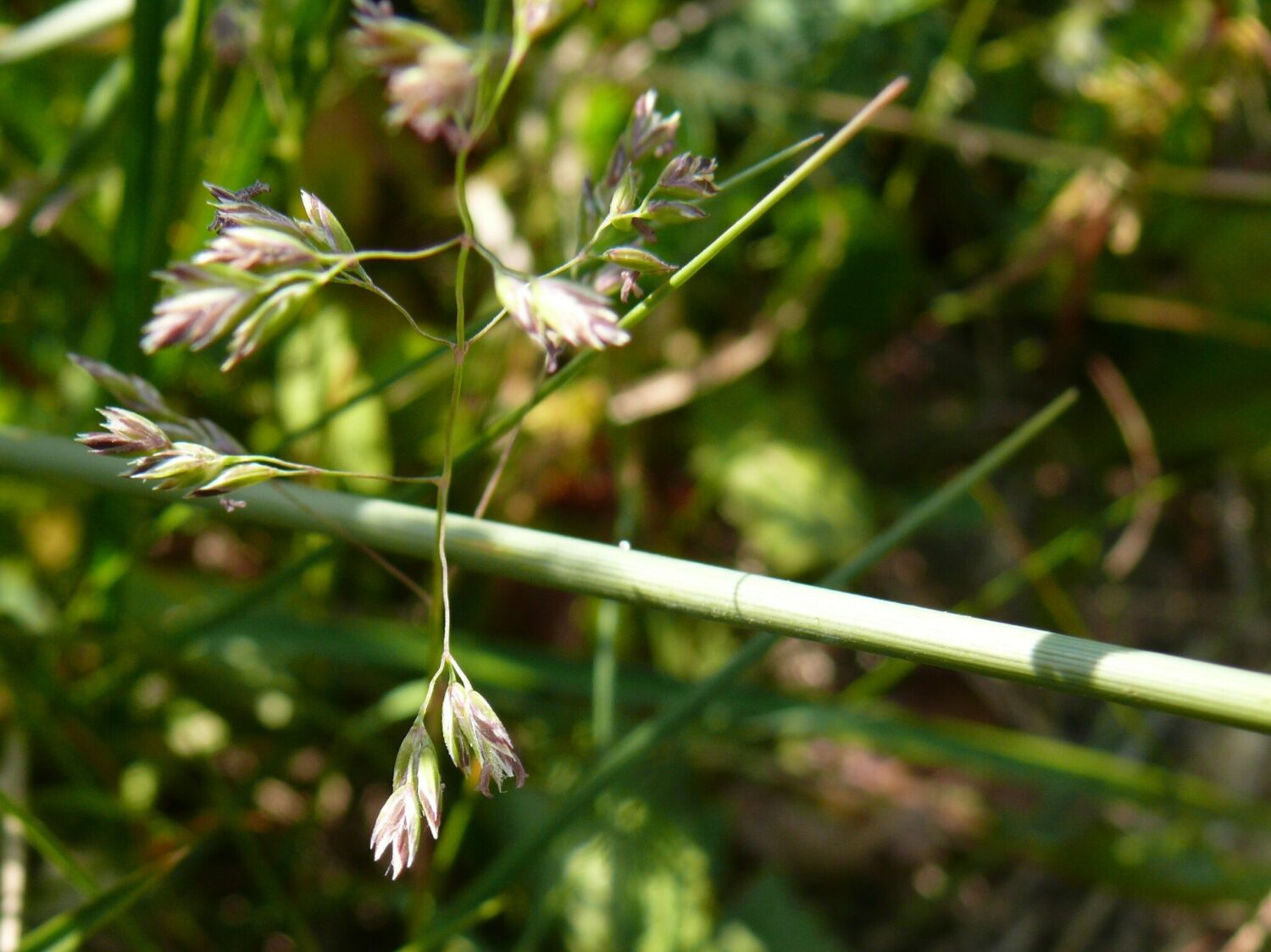
#15 Rough Meadow-grass
A common and often abundant species, Rough Meadow-grass Poa trivialis can be found in all kinds of neutral grassland. It has a distinctly branched panicle with three or more branches at the lowest whorl and awnless spikelets. Unlike Smooth Meadow-grass, this species has a ligule that is longer than it is wide, and its leaf sheaths feel rough when gently rubbed in one direction across your lip – go on, give it a try! It also tends to be a little smaller reaching a maximum height of around 60cm.
The North East is home to several scarcer Meadow-grasses, but by far, this species and the one above are the most widespread throughout the region with the exception of Annual Meadow-grass we covered earlier.
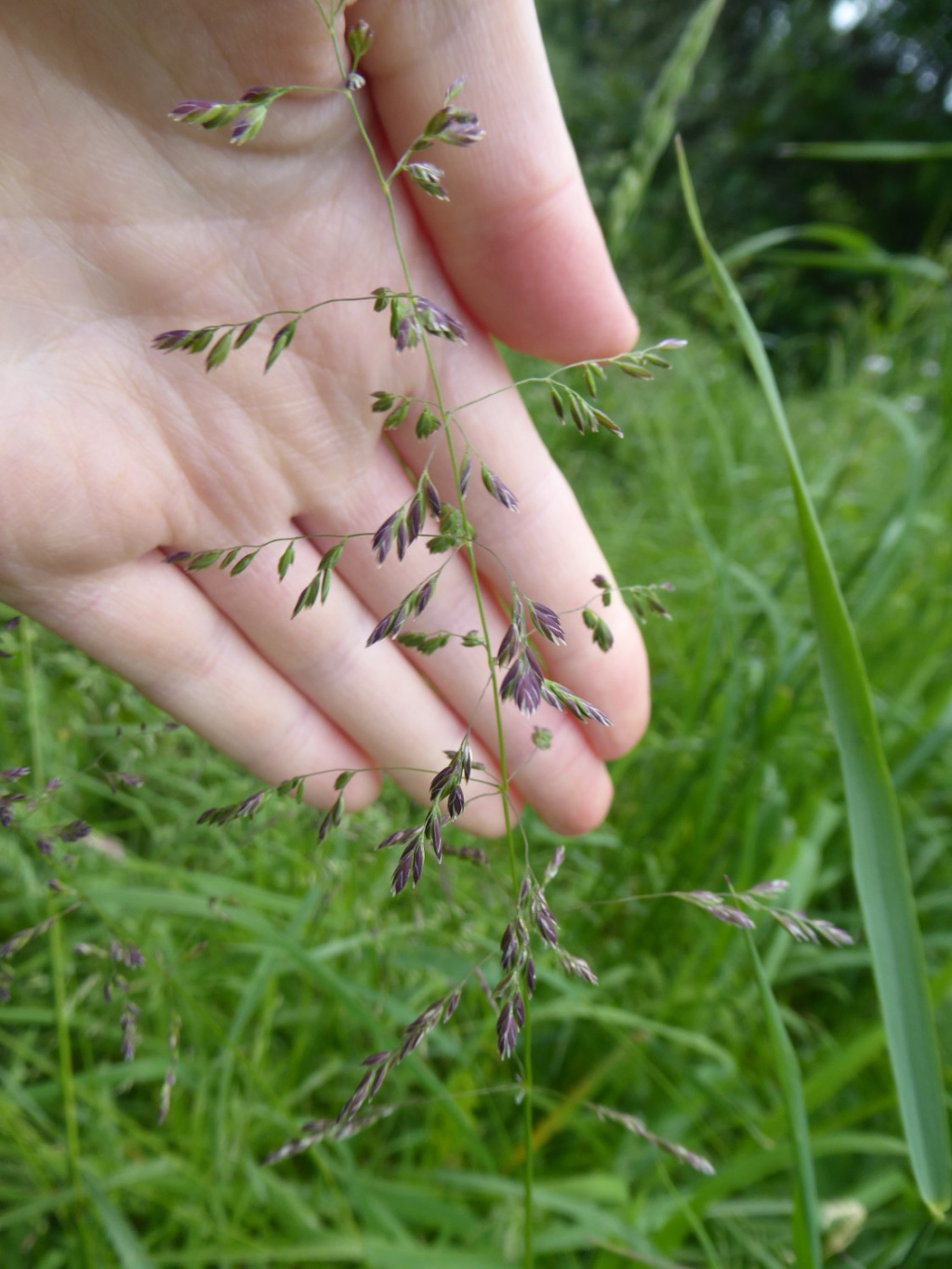
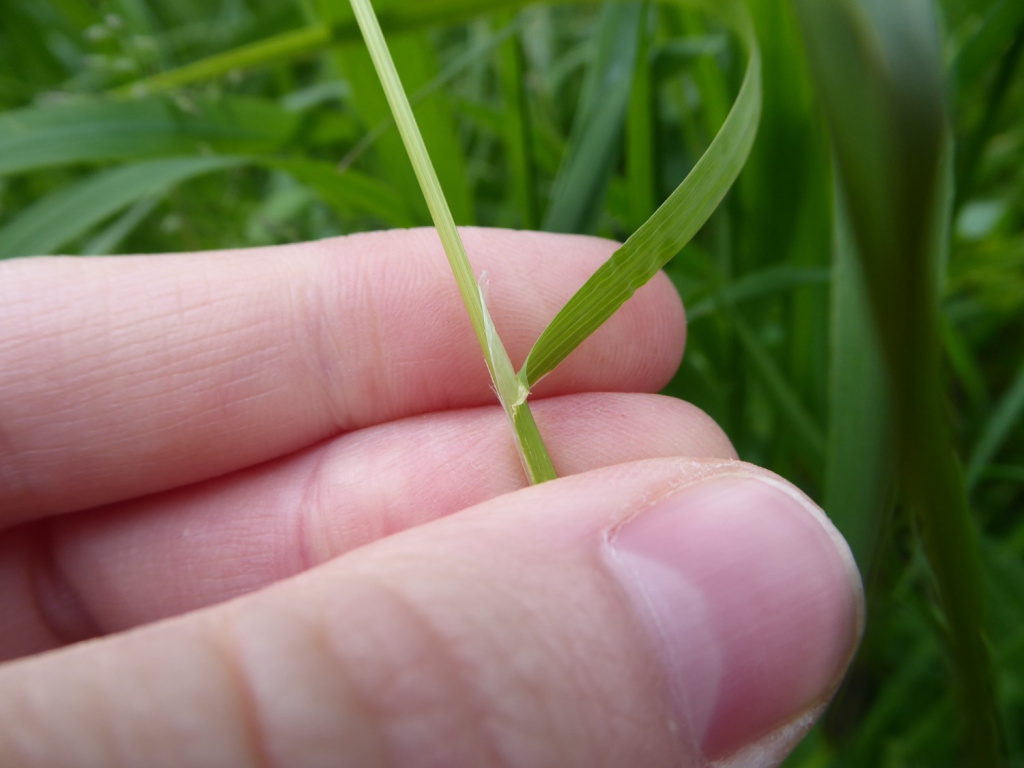
And there you go, a quick run-down of even more common grasses of the North East. The important thing with grass identification is simply to give it a go – practice makes perfect, after all. So why not take a closer look on your springtime walks? You might be surprised by how many species you can spot in your local area.
Next time, we’ll take a look at a range of common and familiar grasses found in woodland. Stay tuned!